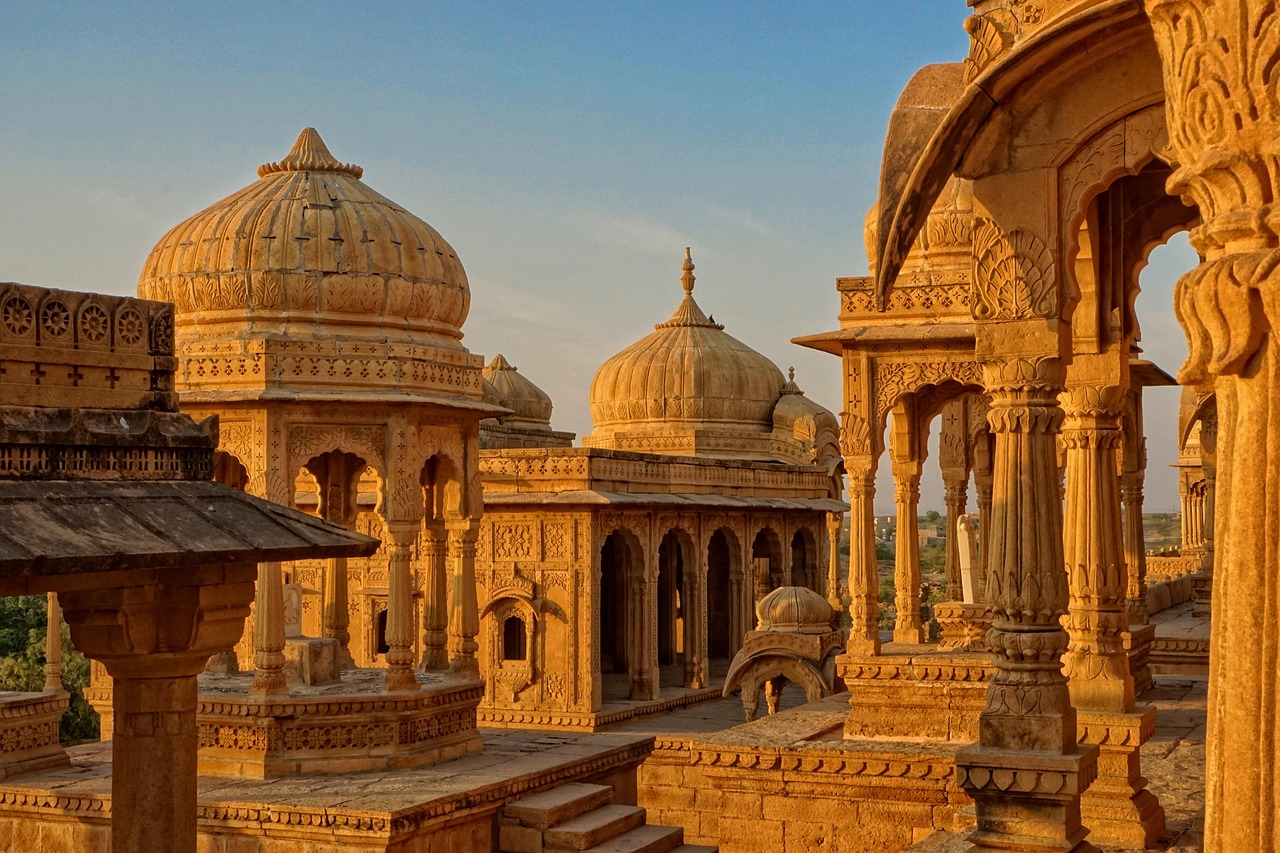HOME
- Home
- AVATAR MEHER BABA
- RAMANA MAHARSHI
- Swami Rama
- CHUANG-TZU
- ZEN MASTER BANKEI
- INDIAN MYSTIC MEERA
- ZEN MASTER RINZAI
- SWAMI VISHNUDEVANANDA
- ZEN MASTER BODHIDHARMA
- ZEN MASTER DŌGEN
- INDIAN MYSTIC GURU NANAK
- ZEN MASTER BANKEI
- INDIAN MYSTIC KABEER
- TAO MASTER LAOZI
- SWAMI VIVEKANANDA
- INDIAN MYSTIC KRISHNA
- INDIAN MYSTIC PATANJALI
- ZEN MASTER BASHO
Sunday, January 21, 2024
What Are Most Important Hindu Gods and Goddesses
Hinduism is a diverse religion with a multitude of gods and goddesses, each representing different aspects of the divine. Here are some of the most important Hindu gods and goddesses:
Brahma:The creator god in the Hindu trinity (Trimurti), responsible for the creation of the universe.
Often depicted with four heads, each facing a different direction.
Vishnu:The preserver god in the Trimurti, responsible for maintaining order and balance in the universe.
Often portrayed with blue skin and holding various symbolic objects, such as a conch shell and a discus.
Shiva:The destroyer god in the Trimurti, responsible for the dissolution of the universe and regeneration.
Often depicted with a third eye, a trident, and matted hair. Also known as the lord of meditation and ascetics.
Lakshmi:The goddess of wealth, prosperity, and fortune.
Often depicted with lotus flowers and accompanied by elephants, symbolizing abundance.
Saraswati:The goddess of knowledge, wisdom, music, and the arts.
Typically portrayed playing a veena (musical instrument) and riding a swan.
Parvati (Shakti):The goddess of power and energy, also known as Shakti.
Manifests in various forms, including Durga and Kali. Married to Shiva.
Hanuman:A devoted monkey god and a central character in the Ramayana.
Known for his strength, devotion to Lord Rama, and loyalty.
Ganesha:The elephant-headed god, known as the remover of obstacles.
Revered as the god of wisdom, intelligence, and new beginnings.
Krishna:An avatar of Vishnu, central figure in the Mahabharata and Bhagavad Gita.
Known for his teachings on duty (dharma) and devotion (bhakti).
Rama:An avatar of Vishnu and the central figure in the Ramayana.
Known for his unwavering commitment to dharma and his virtuous rule.
Durga:A manifestation of the goddess Parvati, representing the fierce and protective aspect of the divine feminine.
Often depicted riding a lion and defeating the buffalo demon, Mahishasura.
Kali:A fierce form of the goddess Parvati, associated with destruction and time.
Depicted with a dark complexion, multiple arms, and a necklace of severed heads.
Surya:The sun god, considered the source of light and life.
Often depicted riding a chariot drawn by seven horses.
Varuna:The god of cosmic order and the keeper of the moral law (rta).
Associated with the celestial ocean and the source of rivers.
Indra:The king of the gods and the god of thunder and rain.
Associated with power, leadership, and warfare.
These are just a few of the many deities in Hinduism. The diversity of gods and goddesses allows for a wide range of approaches to spirituality and worship within the Hindu tradition. Each deity represents different qualities, aspects of existence, and paths to spiritual realization. Devotees may focus on one or more deities based on personal inclinations and needs.
Subscribe to:
Post Comments (Atom)
WHAT IS HISTORY OF AYODHAYA RAM MANDIR , WHY IT IS IMPORTANT
The history of the Ayodhya Ram Mandir is complex and has been a subject of historical, religious, and legal debate for many years. The Ayo...

-
India has been home to numerous enlightened masters, spiritual leaders, and teachers who have left a profound impact on the spiritual and...
-
LAOZI , TAO MASTER , TAO MASTER LAOZI , Laozi (also Lao-Tzu /ˈlaʊˈdzʌ/[1] or Lao-Tze, Chinese: 老子; pinyin: Lǎozǐ, literally "Old...
-
Hinduism is a diverse religion with a multitude of gods and goddesses, each representing different aspects of the divine. Here are some o...


No comments:
Post a Comment